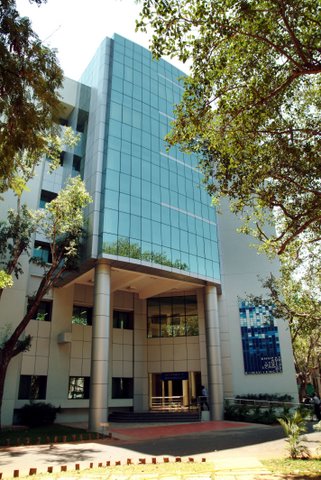Team:IIT Madras
From 2008.igem.org
| Home | About Us | Project Details | Notebook |
|---|
Overview
| Engineering Biology. It's only when we look at biological systems from a device buliders' perspective that fundamental and synthetically relevant questions understood. There's no better testbed for these sort of problems but under the discipline of synthetic biology.
After a few months of brainstorming, team IIT Madras put forward this question, Is it possible to make bacteria respond to physical changes in a customizable way? First, ...physical changes. Why do we stress on physical changes? For the most part, we've seen synthetic circuits designed to be chemically induced via a limited bag of reagents. These chemical induction techniques form the basis for almost all biological engineering but we aim to expand the horizon by bringing in an almost untapped method of induction, physical changes. This change would imply a departure from the ideal environmental conditions for a bacteria. In microbiology, this sort of altered environment is defined as a stress. So in effect, our physical changes are equivalent to subjecting bacteria to stress. Second, ...respond in a customizable way. We should be able to tap into this response that the bacteria may produce. In the context of genetic engineering, this implies the ability to express a gene based on these stresses as input signals. This entry-point into the response circuits of bacteria open a crucial window into the nature of environmental adaptation and allow us to launch our own genetic programs as appropriate. Having an environmentally switchable response can take genetic circuits to a much more intelligent and smart design stage where we don't need to externally monitor and induce genes based on our judgement/measurements of the entire ensemble's properties. This lets the genes to take care of themselves in a certain sense. They switch on and off on their own when appropriate. A smart response. Neither constitutive nor blindly induction based. With the problem statement defined as above, the team of 6 undergraduate students set out to provide a solution. The additional constraints to the problem were that to be conformant with the BioBrick standards and to maximize the regulation of such designed constructs to be of maximum utility to the end user. Take a look into our detailed design documents to know more about the project, the bacterial StressKit. How successful was the approach? Browse through the experiments notebook to find out. What's IIT Madras you say? Who exactly are we? Hmm... Click here! | |
 "
"

